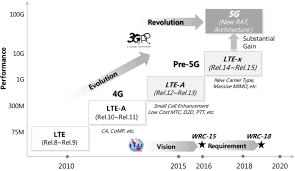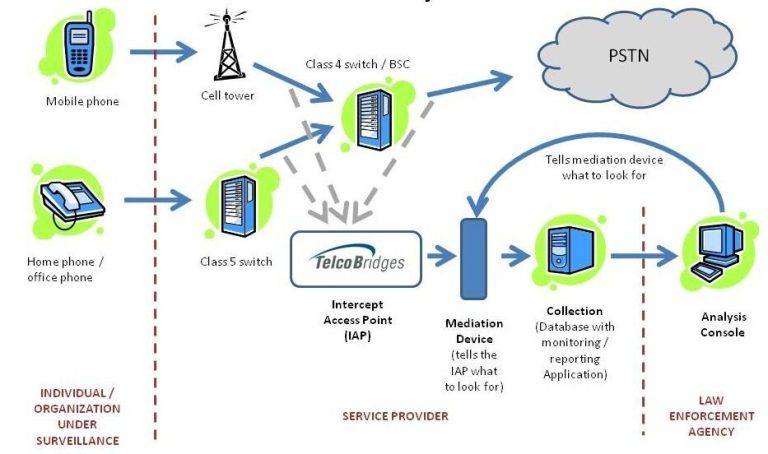V-PCEF vs. PCEF in VPLMN: Key Differences and Functions
telcomatraining.com – With the rapid expansion of mobile networks, ensuring efficient policy and charging control (PCC) has become crucial. The Policy and Charging Enforcement Function (PCEF) plays a vital role in this system. However, in the context of a Visited Public Land Mobile Network (VPLMN), a variant known as the Virtual PCEF (V-PCEF) has emerged. This article explores the key differences and functions of PCEF and V-PCEF within VPLMN, helping network operators and professionals understand their impact on mobile network efficiency.
What is PCEF?
The Policy and Charging Enforcement Function (PCEF) is a core component in the Evolved Packet Core (EPC) of mobile networks, responsible for enforcing policy rules and charging mechanisms as defined by the Policy and Charging Rules Function (PCRF). PCEF operates at the Packet Data Network Gateway (PDN-GW) level, where it applies traffic policies, enforces Quality of Service (QoS), and ensures appropriate billing.
Key Functions of PCEF:
- Policy Enforcement: Ensures that data traffic complies with predefined policies such as bandwidth limitations and application-based filtering.
- Charging Control: Implements online and offline charging based on subscriber data and service usage.
- QoS Management: Assigns priority levels to different types of data, ensuring optimal network performance.
- Traffic Shaping: Regulates data flow to prevent congestion and optimize user experience.
Understanding V-PCEF in VPLMN
When a subscriber roams into a Visited Public Land Mobile Network (VPLMN), maintaining seamless policy and charging enforcement is a challenge. This is where the Virtual PCEF (V-PCEF) comes into play. V-PCEF is designed to extend PCEF functionalities within a visited network, ensuring policy continuity and billing accuracy.
Key Functions of V-PCEF:
- Policy Continuity: Ensures that the home network’s policy rules are applied consistently in the visited network.
- Roaming Charging Adaptation: Adjusts charging mechanisms according to the visited network’s policies while aligning with the home network’s charging framework.
- QoS Adaptation: Modifies Quality of Service parameters to match the visited network’s capabilities.
- Data Session Management: Helps maintain stable and secure data sessions between home and visited networks.
Key Differences Between PCEF and V-PCEF
| Feature | PCEF | V-PCEF |
|---|---|---|
| Location | Resides in the home network (HPLMN) | Operates in the visited network (VPLMN) |
| Policy Application | Directly applies home network policies | Adapts policies from the home network to match the visited network |
| Charging Mechanism | Uses home network charging rules | Aligns with visited network’s charging framework while maintaining home network’s standards |
| QoS Control | Directly manages QoS based on home network capabilities | Adjusts QoS according to the visited network’s constraints |
| Traffic Management | Monitors and controls data usage in the home network | Ensures traffic optimization in the visited network |
Importance of V-PCEF in Roaming Scenarios
With the increasing number of international travelers and the expansion of 5G networks, V-PCEF plays a crucial role in ensuring seamless connectivity and fair billing. It helps:
- Prevent service degradation by adapting to the visited network’s infrastructure.
- Ensure compliance with international roaming agreements.
- Improve user experience by maintaining QoS standards despite network differences.
Conclusion
Both PCEF and V-PCEF serve essential functions in mobile network policy and charging enforcement. While PCEF operates within the home network to enforce policies and manage charging, V-PCEF extends these functions to visited networks, ensuring a seamless experience for roaming users. As mobile networks continue to evolve, understanding these components will be crucial for network operators aiming to provide high-quality services across different regions.
By leveraging PCEF and V-PCEF efficiently, operators can ensure policy consistency, optimize network performance, and enhance user satisfaction, making mobile roaming a seamless experience.







